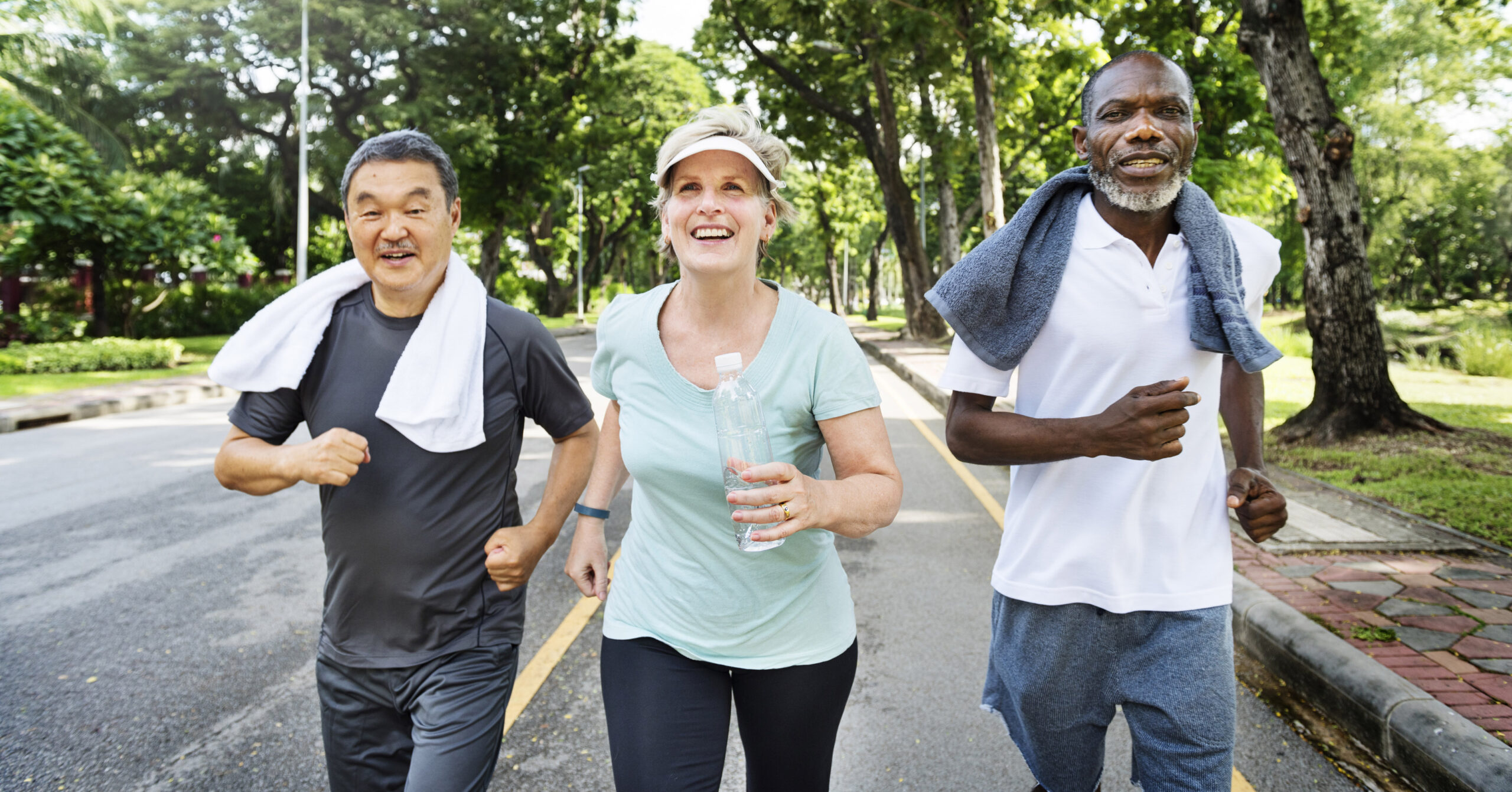It seems like everyone these days is training for some kind of marathon and besides the benefits of keeping fit and slim, weight-bearing activities like running have been shown to help preserve bone density in older adults.
According to research from the University of Mississippi, weight lifting, walking, running and jumping combined with a healthy, balanced diet can protect against osteoporosis. Non-weight bearing activities like cycling or swimming are good for overall health but don’t offer protection against loss of bone mass.
Women in particular start to lose bone density as they transition through menopause, generally between the ages of 45 and 55. Running and other high-impact exercises stimulate new cell growth in bones which helps to prevent a loss of bone mass in older age with can cause bones to become more likely to fracture.
According to the National Osteoporosis Foundation, half of women over 50 will suffer a broken bone due to bone loss. And older men can develop osteoporosis as well; up to one in four men over 50 will fracture a bone due to the disease. Each year 500,000 people are hospitalized in the United States for osteoporotic fractures and they account to more than 800,000 emergency room visits. With the growing older population, it is anticipated that by 2025, the will be more than 3 million fracture due to osteoporosis, costing $25.3 million annually.
To help prevent bone loss, adults should try to participate in at least 150 minutes each week of moderate, weight-bearing activity. If for some reason brisk walking or running isn’t possible, resistance training can also help protect against osteoporosis.
Even if you haven’t run in years or ever, it is possible to start a running program but always talk with your doctor before beginning any new exercise regime. Start off slowly to prevent injury and allow your body to adapt to this new activity. Short runs at a moderate pace, possibly taking breaks to walk, will help prevent stress and strain. Runtastic, an Austrian mobile fitness company, recommends new runners take short, easy steps on a mix of surfaces; too much running on pavement can be hard on joints. Plan on a routine that allows for a day of rest between runs; use these days to get in some strength training which will improve overall fitness and running performance. Beginner runners should run at a comfortable pace that allows them to easily hold a conversation.
Learn more about how to start running by following this link to The New York Times’ Well Guides.






Add Your Voice
0 Comments
Join the Discussion